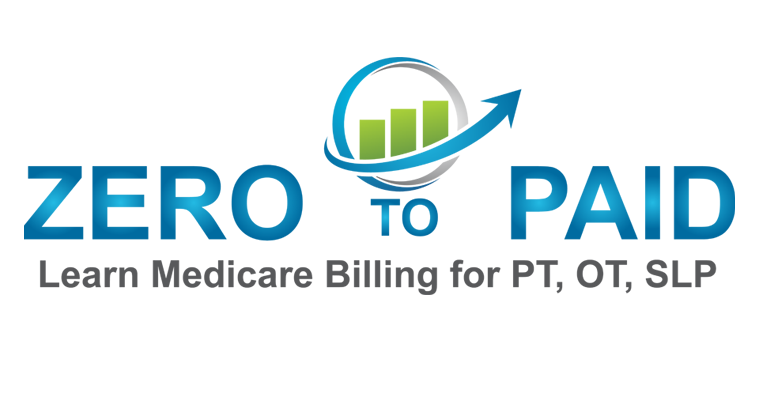CashPT vs Insurance reimbursement business models is a popular topic in 2022. In this article we will discuss the pros and cons of CashPT, hybrid physical therapy practice models, and much more.
Is CashPT the Future of Private Practice Physical Therapy?
Before we can answer this question we need to better understand what CashPT is and what is offers clients.
What is the business model of CashPT?
CashPT is a direct to consumer business model in which the consumer is the patient.
In conventional physical therapy clinics, the consumer of physical therapy services is actually the insurance company. A physical therapist or physical therapy practice will sign a contract with an insurance company to provide physical therapy services at a discounted rate to the insurance company’s beneficiaries.
The insurance company is buying the physical therapy service.
Conversely, in a CashPT business model, the patient is buying the physical therapy services and paying the physical therapist directly.
Since individual patients don’t buy physical therapy services in bulk like an insurance company, individual patients don’t gain the discount advantages an insurance company receives.
But, despite paying more for the service, the patient is able to exert more influence over the services being received. In CashPT business models there are no visit limits, no limits on services that may be delivered, and no limits on what may be treated.
For more information on the pros and cons of CashPT click here.
Whay is a Hybrid Physical Therapy Practice Model?
A hybrid physical therapy practice model is one in which revenue is generated from both cash pay services and third party reimbursement.
For example, if a Medicare beneficiary with low back pain is referred to a hybrid physical therapy practice model, that patient would recieve a Medicare covered physical therapy evaluation for low back pain. Then a treatment plan may be developed that includes Medicare covered therapeutic exercise and therapeutic activity services along with self pay golf performance or pickleball performance training.
A typcial 60-minute treatment session for the scenario above might be 15-minutes of therapeutic exercise CPT Code 97110 and 15-minutes of therapeutic activity CPT Code 97530 paid for by Medicare, followed by 30-minutes of golf swing analysis and power training paid for by the patient.
What are the Pros and Cons of CashPT?
Pros of CashPT
- The patient is the consumer and decision maker.
- Decreased compliance and regulatory burdon.
- Same-day revenue collection.
- No chance of denials or recovery audits.
- Freedom to provide the best patient care experience.
Cons of CashPT
- Smaller viable audience
- Shorter plans of care
- Larger marketing expense
- Higher expectation of value from the consumer
- Difficult to scale beyond owner/operator
What are some Alternative Hybrid Physical Therapy Practice Models?
Hybrid Cash Only Model
For therapists who want the flexibility to deliver cash only services while still allowing their clients to gain the benefits of using their insurance coverage, a model in which a cash only physical therapist provides an initial evaluation and plan of care, then sends that patient to different therapist who is a participating provider for follow up care.
This model allows the cash only physical therapist to focus on one aspect of the treatment plan while leveraging in-network providers to actually carry out the delivery of care.

Anthony Maritato, PT
Private Practice Owner / Physical Therapist
After starting a private practice physical therapy clinic in 2022 with his wife Kathy Maritato, PT, Tony and Kathy grew their practice to five locations across two states.
Now, Tony and Kathy enjoy spending time treating patients in the morning, coaching therapists in the evening, and being home to play with their dog Tucker and 4 boys.
Table of Contents:
- Is CashPT the Future of Private Practice Physical Therapy?
- What is a Hybrid Physical Therapy Practice Model?
- What are the Pros and Cons of CashPT?
- What are some Alternative Hybrid Physical Therapy Practice Models?
